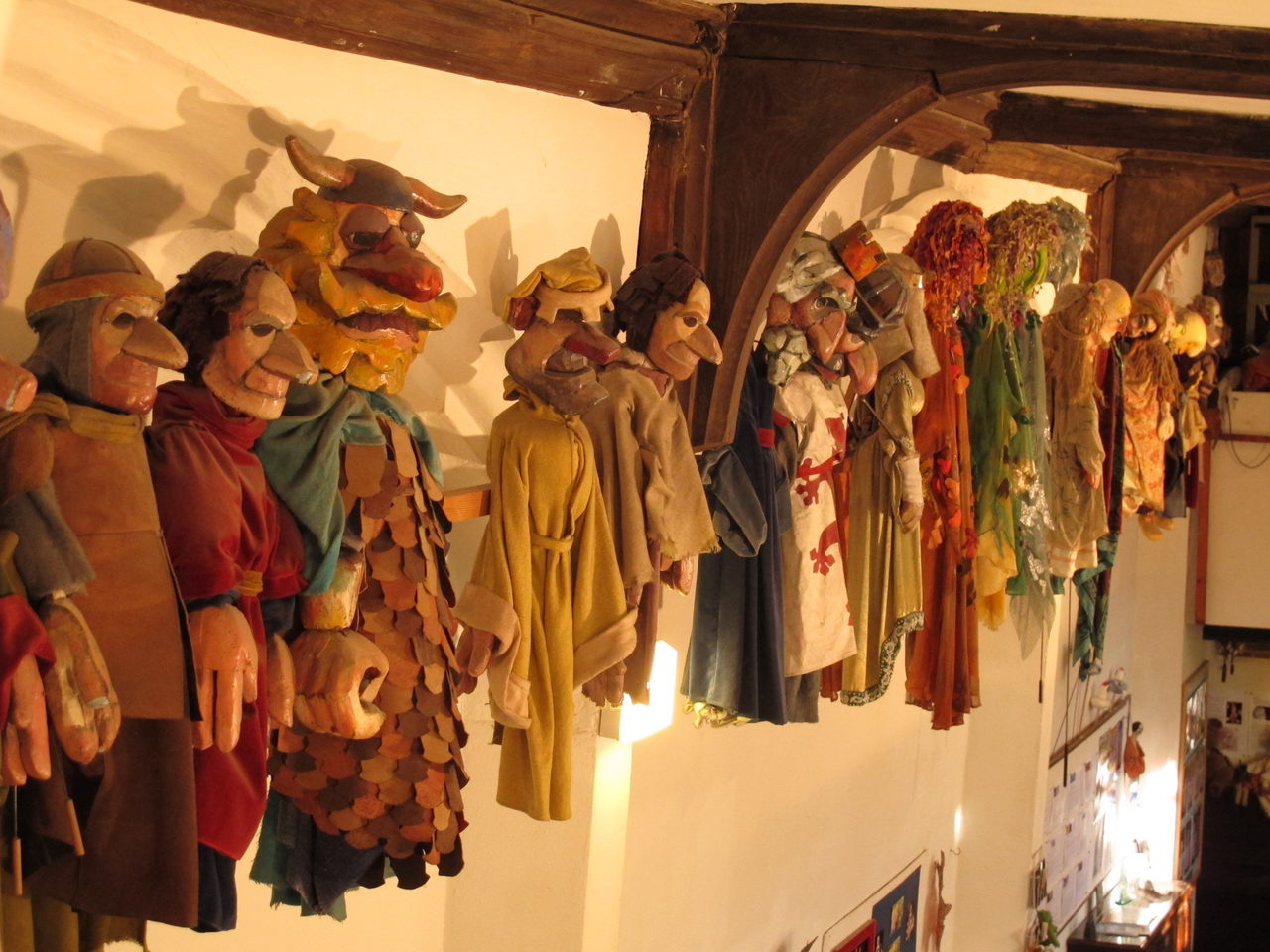


Giant puppet parades also would often be held in conjunction with Carnival ahead of Lent, marked by much nose-thumbing at figures of authority and provocative displays of sexuality and drunkenness. Puppets and the elements of the puppet theatre in the Czech lands probably appeared. Individual scholars have made important contributions to our understanding of how puppetry emerged as one of the characteristic art forms of early modern urban culture in both the. Throughout Europe in the middle ages and thereafter, trade guilds would build giant puppets as public demonstrations of their growing affluence and influence. Situated at the margins of several disciplinary boundaries, the history of puppets and puppetry in Europe and the Mediterranean region during the Middle Ages has never received the sustained treatment it deserves. For the most part, however, puppetry remained the pleasure of the common man. The medieval city of Mirepoix, the municipalities of the Pays de Mirepoix and. Composers of the day even wrote operas for marionettes. 17th Biennial of the International Festival of Puppetry Arts in Saguenay. Productions involving marionettes and elaborate sets became fashionable entertainment for the aristocrats of 17th and 18th century Europe. The puppeteers responded to banishment by setting up their stages outside churches and presenting increasingly bawdy and silly plays. The medieval Christian church eventually banned puppetry after practitioners kept putting too much comedy in their plays. It is believed the term “marionette” derived from little figures of the Virgin Mary. Early Christians adopted Roman puppetry techniques to tell morality plays. The play will go on the road the summer of 2023. The puppetry was practiced in Ancient Greece and the oldest written records of puppetry can be found in the works of Herodotus and Xenophon, dating from the 5th century BC. This drama, written by Mary Swander, features an accompanying musical score and a crankie (an old medieval puppetry device).

1 Although Sicilian puppetry is often advertised as folklore. developed and enjoyed it, especially during the medieval Islamic period Research objectives. The use of puppets is thought to have originated in India 4000 years ago and there is evidence of puppets in ancient cultures throughout Asia. myself how Sicilian puppet theater brought to life the medieval and Renaissance. the art of puppetry in the Arab theatre performance scene. There is evidence that they were used in Egypt as early as 2000 BC when string-operated figures of wood were manipulated to act kneading bread. Humans have created puppets large and small as stand-ins for humans, gods, demons, and angels, for thousands of years, originally using them in religious rituals and dramas.


 0 kommentar(er)
0 kommentar(er)
